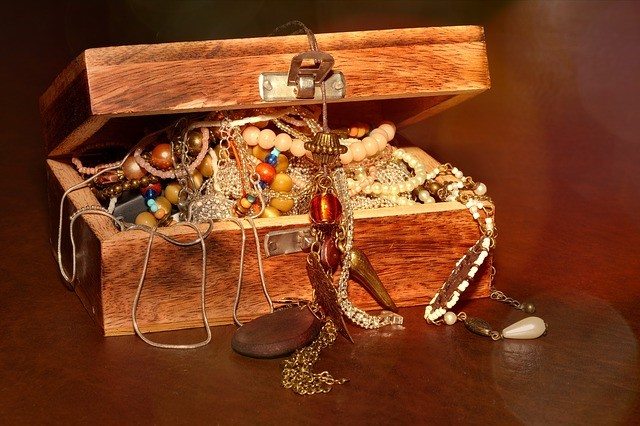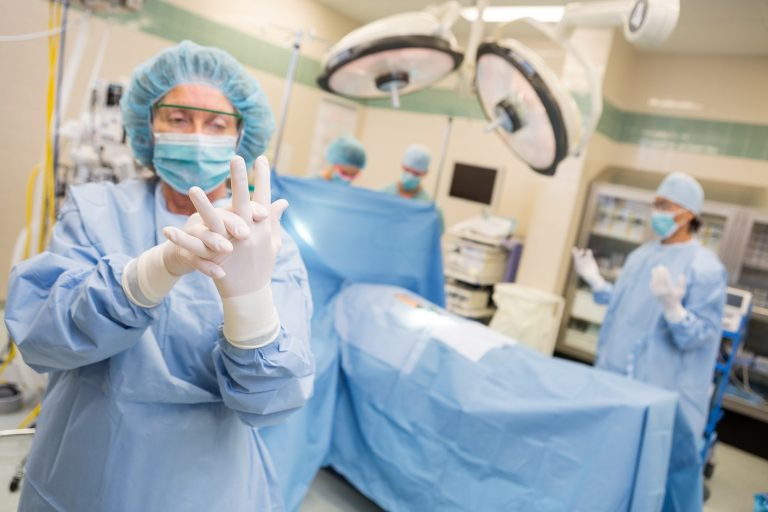Complications can and do happen at dental office visits. These complication can range from mild incidents to life threatening occurrences. Some of the more involved complications although rare involve sinus perforation, local anesthetic toxicity, aspiration pneumonia, aspiration of foreign bodies, and anoxic brain injury.
Sinus perforation can occur when drilling the upper teeth which are in close proximity to the sinuses. Once perforation occurs the patient can experience nosebleeds, leakage of fluid from the oral cavity into the nose, and sinus infections which can lead to fistula formation. When tooth roots are close to the sinus floor especially in the setting of infection it is within the standard of care to obtain a CT scan.
Aspiration of foreign bodies into the bronchi, such as crowns, have been documented. Aspiration of foreign bodies necessitates removal by way of fiberoptic bronchoscopy. Depending on where the foreign body lands within the bronchial tree it can be difficult to isolate and remove. (Nicholas, 2015)
Aspiration pneumonia and anoxic brain injury are typical complications of sedation utilized in dental procedures. Standard monitoring is required for office based sedation including continuous EKG, blood pressure , pulse oximetry, and capnography monitoring. Personnel administering sedation are required to follow the guidelines set forth by the Joint Commission and Practice Guidelines for Sedation and Analgesia by Non-Anesthesiologists set forth by the American Association of Anesthesiologist. It is imperative that practitioners have a clear understanding of the patients health history, NPO status, as well as airway assessment and sleep apnea assessment tools. It is within the standard of care to perform an in-depth airway assessment prior to sedation and ensure the availability of suction, emergency airway equipment and pharmacologic agents. (Gross, 2002) In the right setting anoxic brain injury can occur within a ten minute period.
Gross, J.B. et.al. (2002). Practice Guidelines for Sedation and Analgesia by Non-Anesthesiologists. Anesthesiology. 96, 1004-1017.
Nicholas, M.M., Coruh, B. (2015). Crowning Achievement: A Case of Dental Aspiration. Radiology Case Reports. 10 (4), 36-38.





